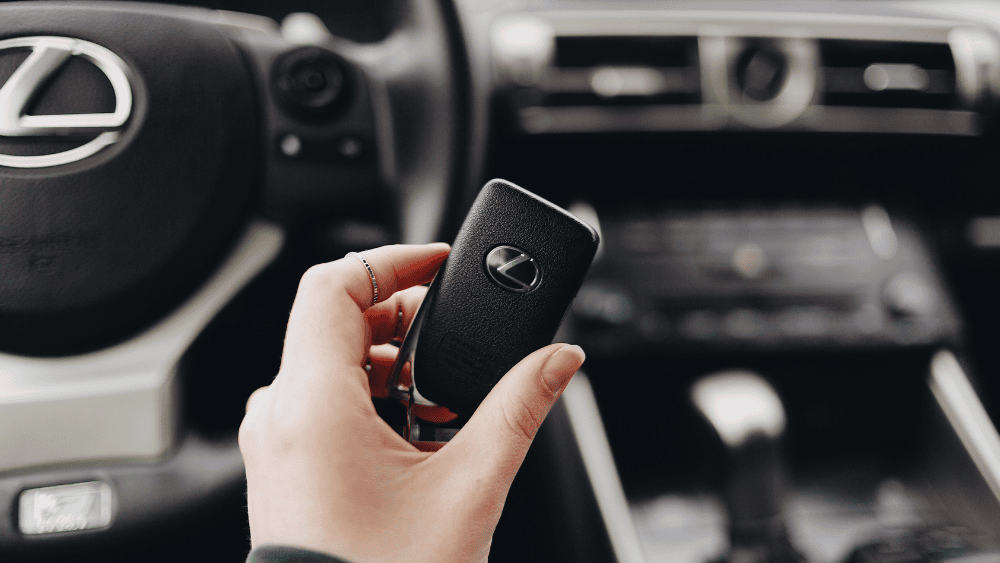
When it comes to securing finance, you’ve probably heard the terms “pre-approval” and “unconditional approval.” While they sound similar, they represent different stages in the lending process. In this episode, we’ll explain the key differences and why both are important on your path to financing success.
What is Pre-Approval?
Pre-approval, also known as conditional approval or indicative approval, is an initial assessment by a lender to determine how much they might be willing to lend you.
Key Features of Pre-Approval
- Conditional: It’s not a guarantee of a loan. Approval is subject to meeting specific conditions.
- Purpose: Gives you a clear idea of your borrowing power so you can shop confidently.
- Timeframe: Typically valid for 3-6 months, depending on the lender.
Benefits of Pre-Approval
- Confidence: You’ll know your budget before committing to a purchase.
- Negotiating Power: Sellers may take you more seriously if you’re pre-approved.
- Efficiency: Saves time by narrowing down your options to what you can afford.
What is Unconditional Approval?
Unconditional approval, sometimes called formal approval, means the lender has fully assessed your application and approved your loan without any further conditions.
Key Features of Unconditional Approval
- Final Approval: The lender has verified all your documents and is satisfied with the asset you’re purchasing.
- Binding Commitment: Once granted, the loan funds are ready to be disbursed.
- Specific: Linked to a particular asset or purchase agreement.
Benefits of Unconditional Approval
- Certainty: Confirms you have the funds to complete your purchase.
- Peace of Mind: No more hurdles or conditions to meet.
Key Differences Between Pre-Approval and Unconditional Approval
| Aspect | Pre-Approval | Unconditional Approval |
|---|---|---|
| Level of Commitment | Indicative; not final | Binding; loan is officially approved |
| Conditions | Subject to further checks | All conditions have been met |
| Purpose | Sets your borrowing limit | Confirms loan funds are available |
| Timing | Before finding a specific asset | After submitting all required documents |
| Certainty | High likelihood but not guaranteed | Full guarantee from the lender |
How to Move from Pre-Approval to Unconditional Approval
1. Provide Asset Details
- Submit the invoice, sale agreement, or details of the asset you’re purchasing.
2. Meet All Conditions
- Ensure any conditions from the pre-approval stage (e.g., extra documents) are fulfilled.
3. Final Verification
- The lender will review the asset’s value and your financial position one last time before granting unconditional approval.
Why Both Stages Matter
- Pre-Approval: Helps you plan and shop smarter.
- Unconditional Approval: Confirms the deal is secure and ready to proceed.
What’s Next?
Once you’ve achieved unconditional approval, it’s time to finalise the purchase. But what happens after you’ve been approved? In Episode 9, we’ll cover I’m Approved, Now What? to guide you through the settlement and beyond.
Key Takeaways
- Pre-approval is a great starting point, giving you a budget and confidence to shop.
- Unconditional approval is the final green light, ensuring the loan is secured.
- Work closely with your broker or lender to transition smoothly between the two stages.
Ready to take the next step? Contact Better Broker Co. for expert guidance and a smooth finance journey.
Let me know when you're ready for Episode 9!
